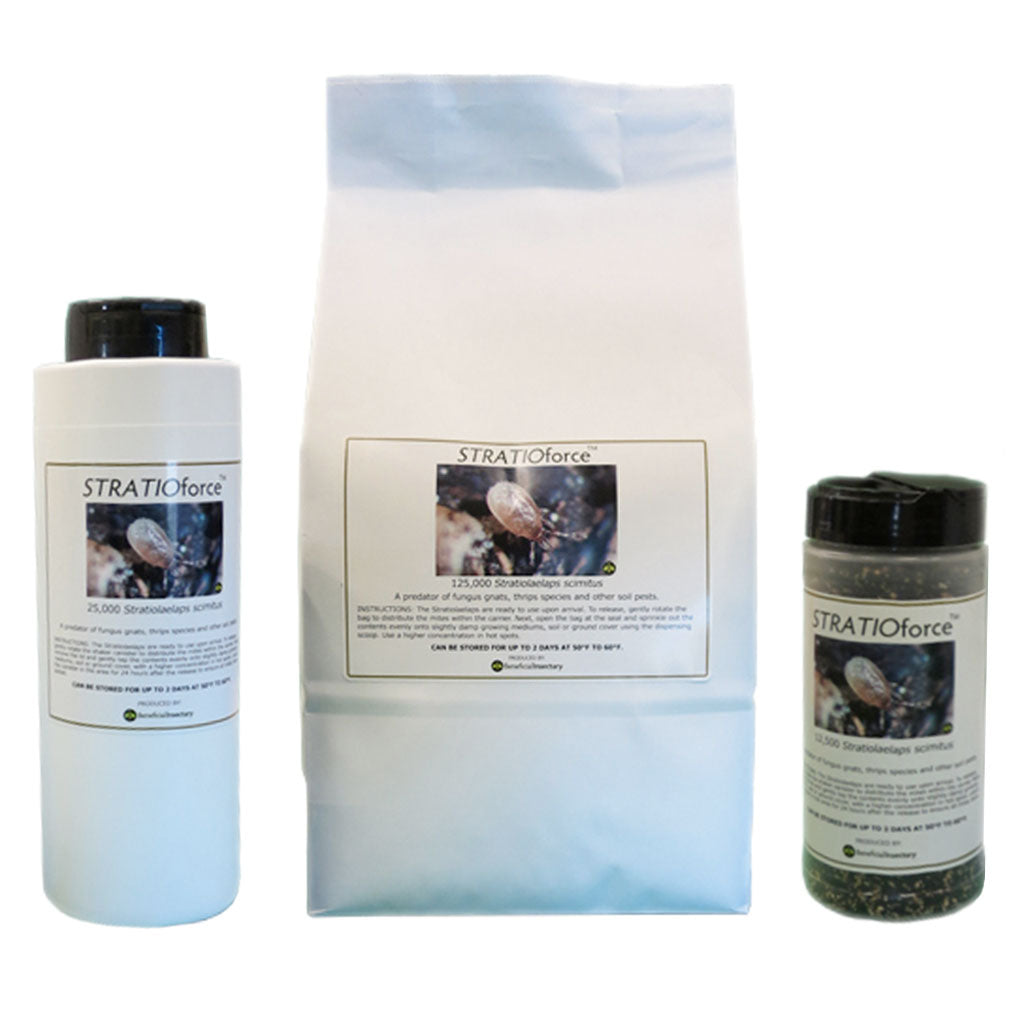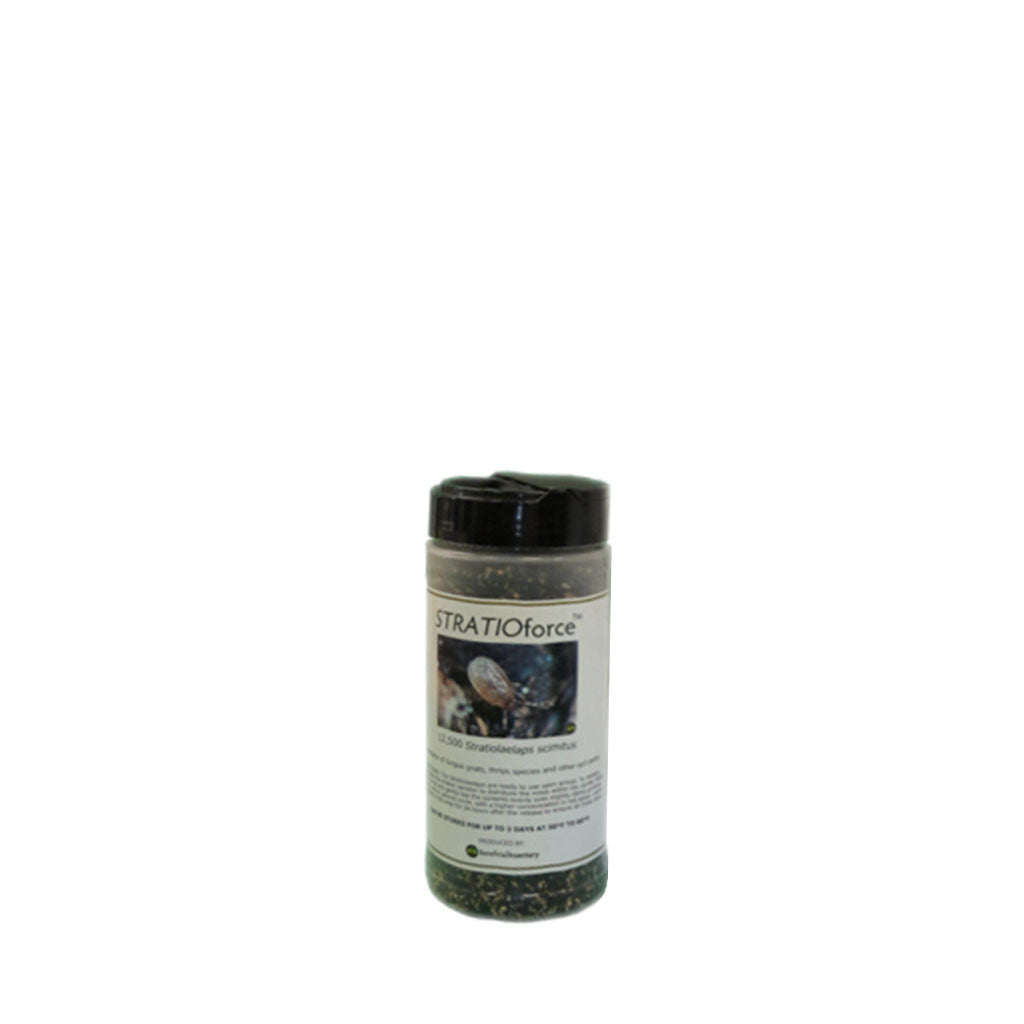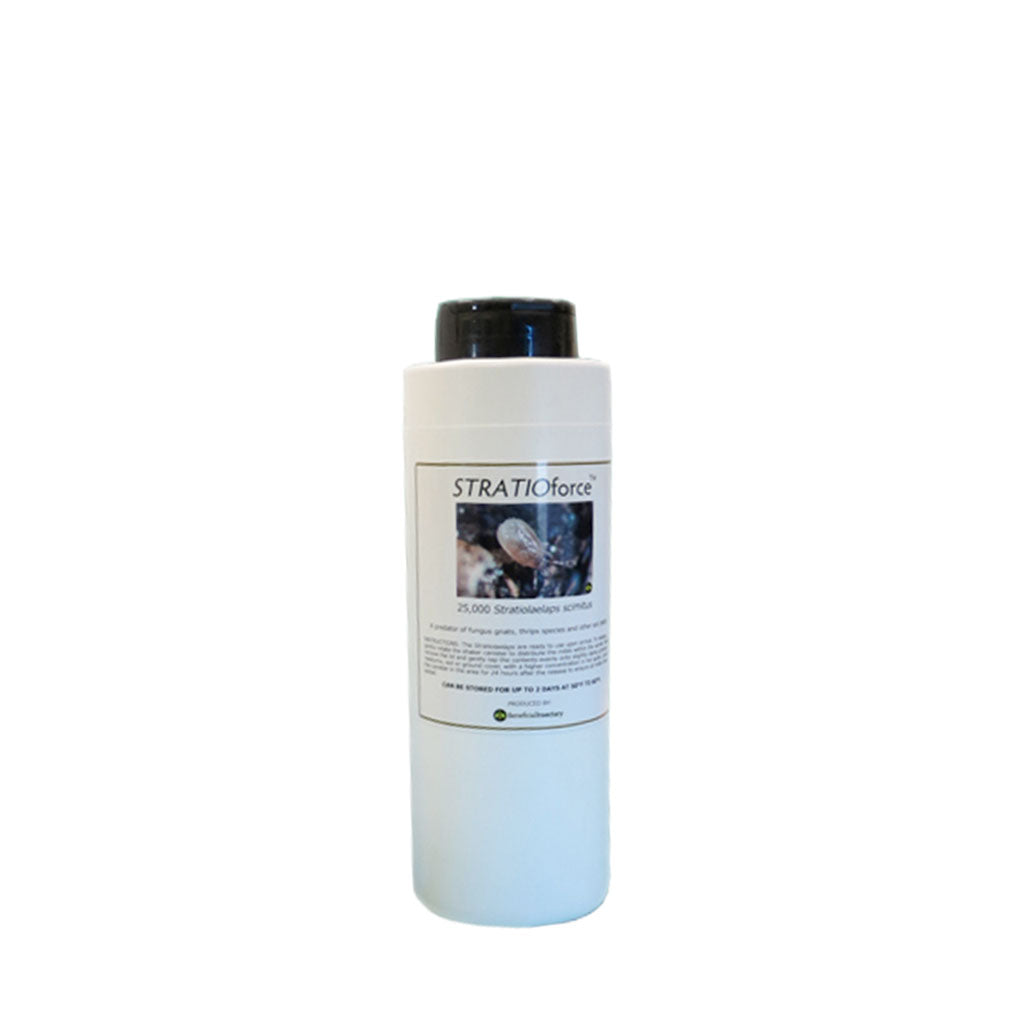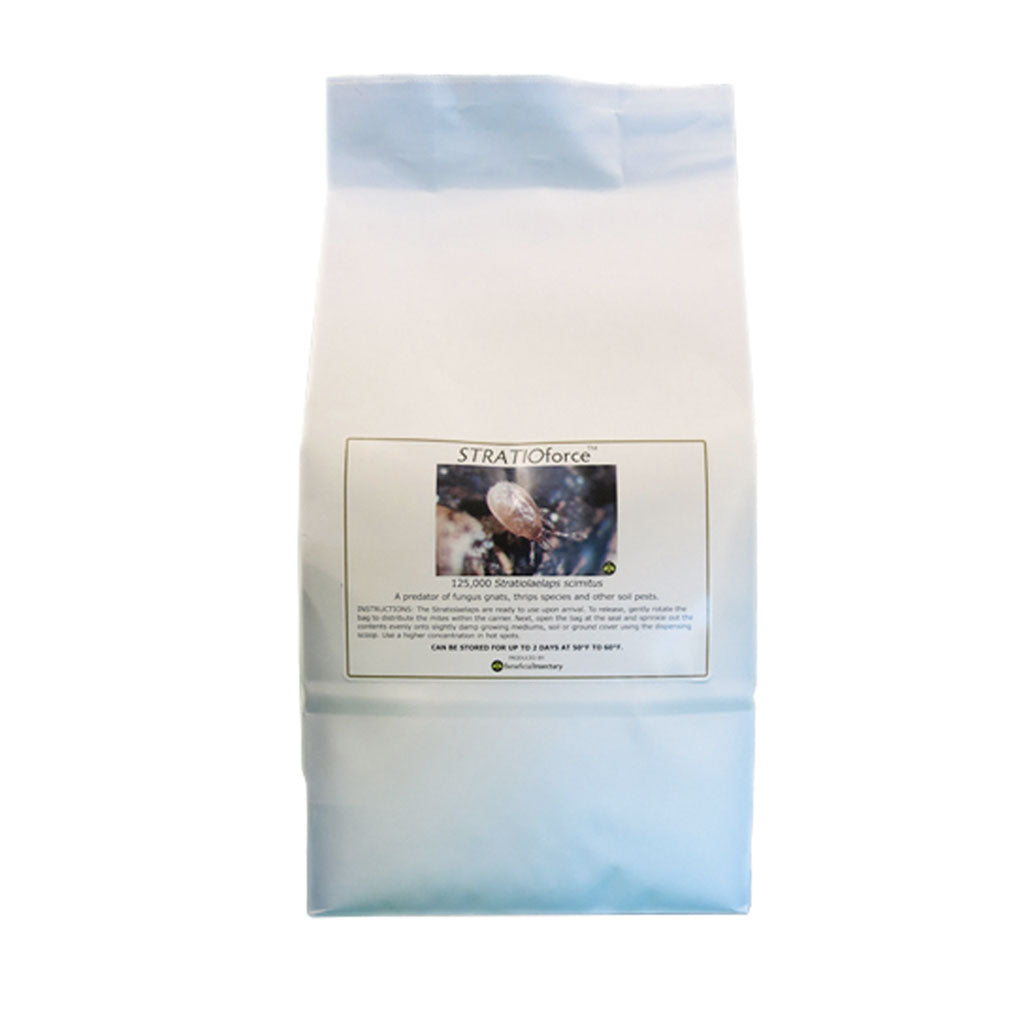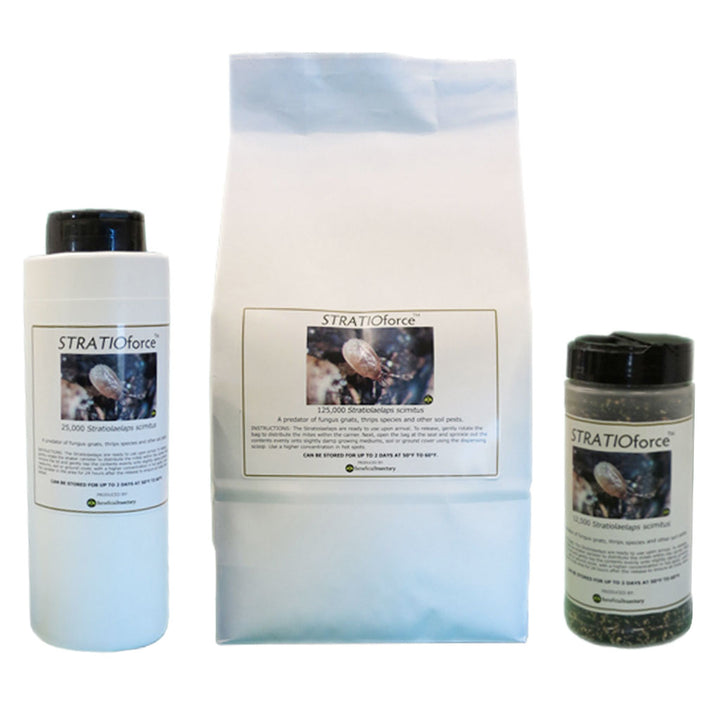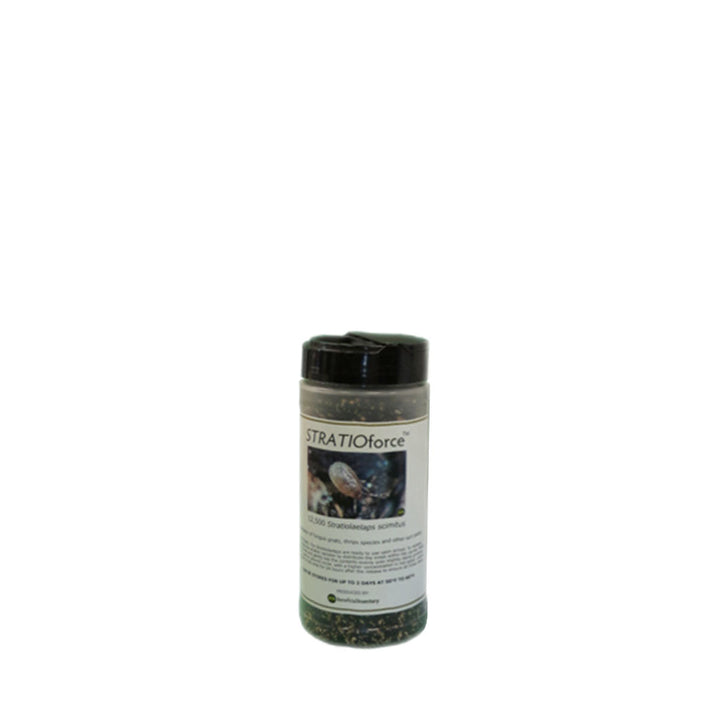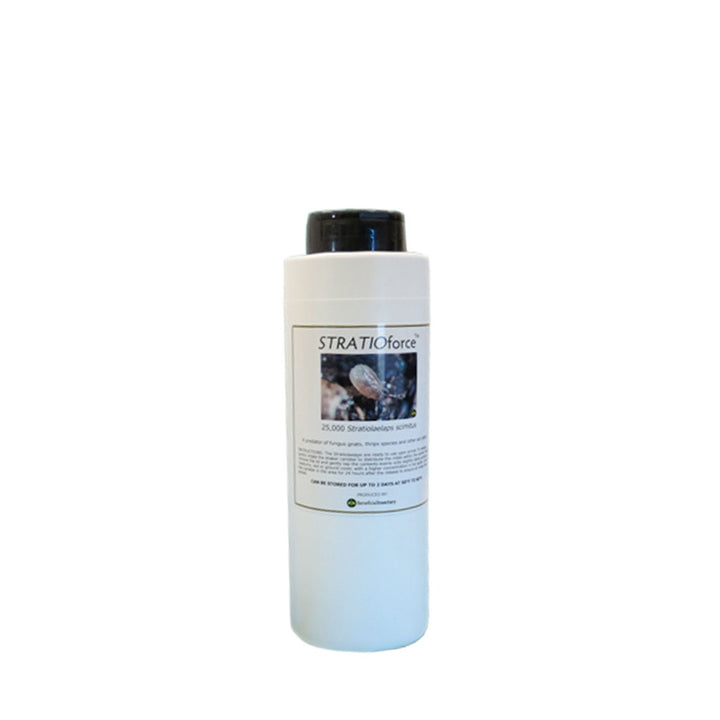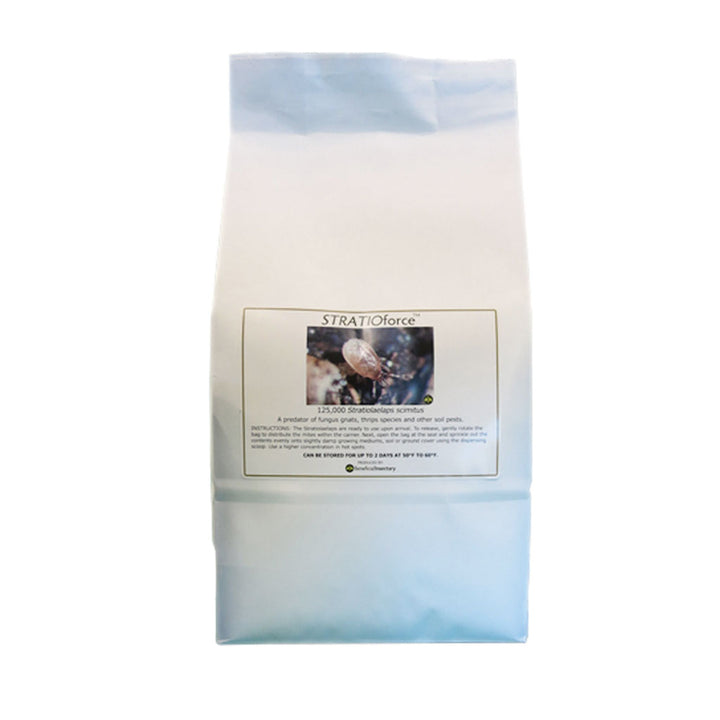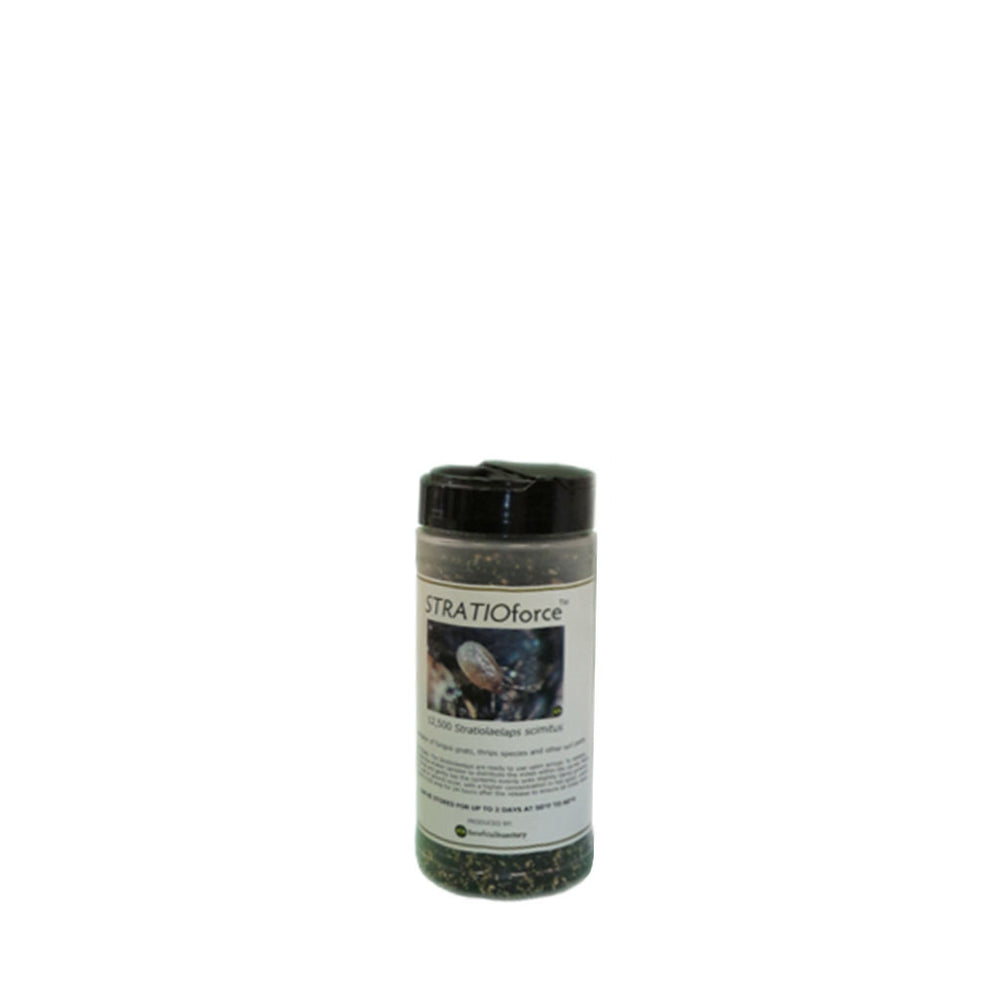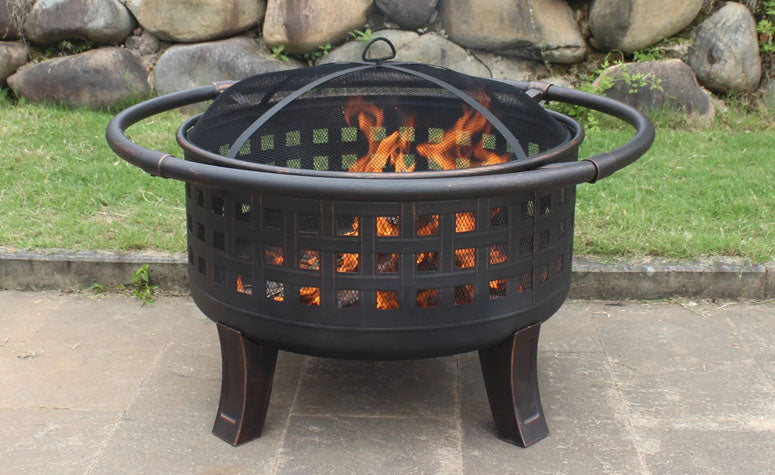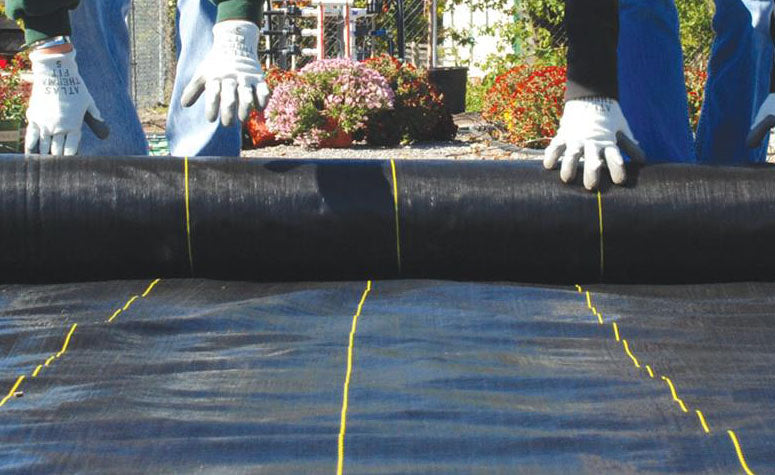STRATIOforce (Stratiolaelaps scimitus) are soil-dwelling predatory mites used to prevent and control fungus gnats, various thrips species (pupae), and other soil pests. They are mainly used for fungus gnat control, but their impact on thrips in an IPM program is very underrated. Many thrips species, including Western flower thrips, pupate in soil, and breaking the pupal stage of their life cycle is critical for optimal control.
Newly hatched larvae are lightly colored and have only six legs. After their first molt and into adulthood, they have eight legs. Adult mites are about 0.5 mm and are dark tan to light brown. They are oval in shape but slightly tapered towards the front and have small setae (hair-like structures) on their bodies. These mites are relatively long-lived, often surviving over four months if food is available. They will complete their life cycle between 59 and 86°F but optimal temperatures for them are around 77°F.
STRATIOforce ships in bottles, bags, or tubs that are filled with loose peat moss/vermiculite, which allows them to be distributed easily into the crop. Depending on the pest pressure, use 10-30 mites per square foot in the potting media. If the crop is transplanted, apply again but at only half the original rate. For long-term crops, re-apply every six to eight weeks. They are best used in combination with DALOTIAforce. Note that rockwool or other soilless media is typically inappropriate for STRATIOforce.
Important Note
Due to this product being a live good, we do not accept returns on this item.




